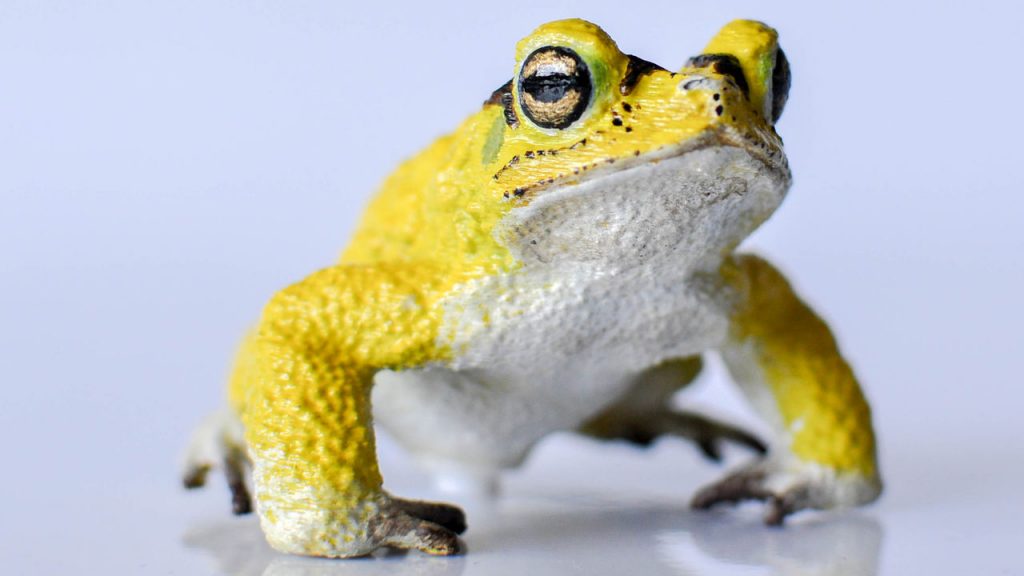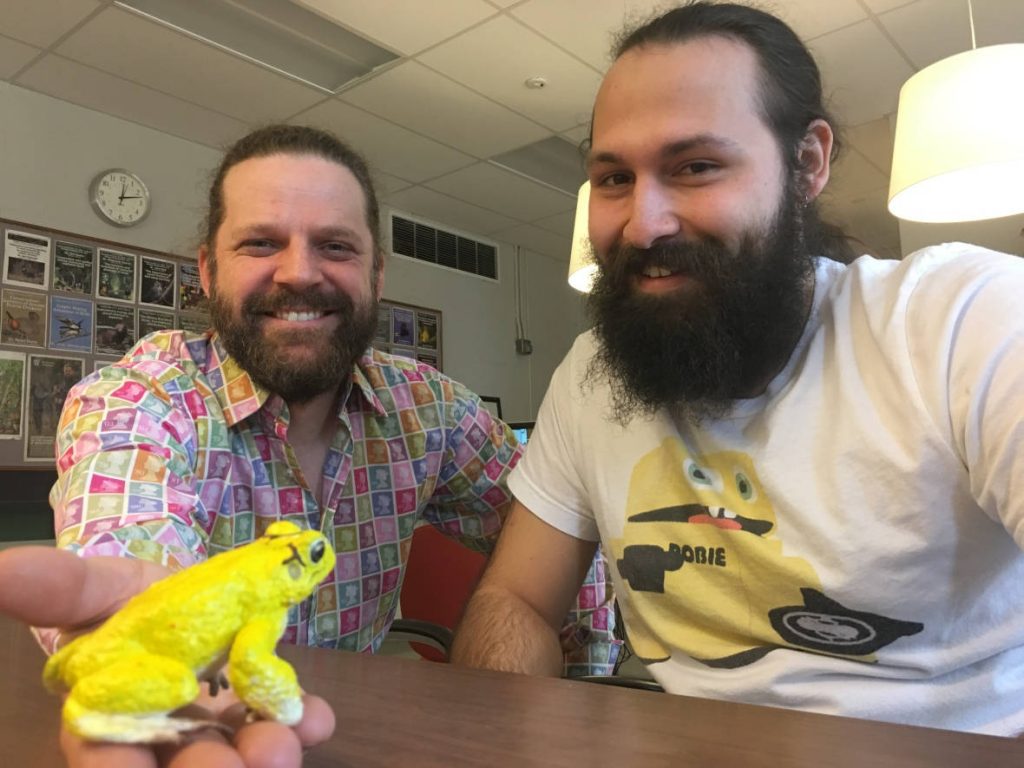While 3D printing has previously been used to study extinct animals, research is now turning to live fauna.
Academics at the University of Windsor in Canada are using 3D printed toads to study the seasonal behaviours of a particular species of toads specific to Costa Rica. After a long and dry period, a time of heavy rainfalls announces the mating season – that is when the animals emerge and take on a bright, yellow colour for a single day.
This discovery was originally made in 2008, when researchers Dan Mennill and Stephanie Doucet were studying birds in Costa Rica.
3D Printing to study amphibians
Mennill and Doucet decided to discover what role the colour change played in the Costa Rican ecology. The first question was to determine if the toads turn yellow to impress females or to signal which sex they are.
The researchers began by molding models using first Plasticine, then clay, but neither proved realistic enough. Lincoln Savi, a Masters of Science student at the University, then decided to use 3D printing to build a satisfactory replica. Savi first used photogrammetry, a technique that takes and processes multiple photos to produce a 3D model of an object.

A painstaking process
Because toads in the wild tend to move around, Savi only managed to collect 11 photos before his model hopped away.
Since the toad was partly concealed by leaves, Savi had to sculpt the animal’s underside himself. Printing, sculpting, and painting one toad took over 20 hours, but then the robotic parts also had to be added. “The robo part was actually pretty easy,” said Savi. “I used some programmable microprocessors and some servos and just made a simple program that chooses a random angle and makes the toad move there.”
Savi is confident that the resulting models can simulate the appearance and behavior of the real animals.

Now University of Windsor PhD student Katrina Switzer is working to use the 3D printed models to further examine the behavior of the real specimens. To do so, Switzer particularly aims to study the reaction of females to the yellow robo-toads.
This could lead to a new understanding of the role of toads in the ecosystem of Costa Rican forests. While 3D printing has already been already been used for helping rescued animals and studying entire species, Mennill this research is only one of the ways in which 3D printing could advance the study of animals in the wild.
For the latest 3D printing materials news, subscribe to the 3D Printing Industry newsletter, follow us on Twitter, and like us on Facebook.
Advance your career in 3D printing, or post a vacancy. The 3D Printing Jobs board is live.
Vote for material of the year and more in the 2018 3D Printing Industry Awards.
Featured image shows four of the 3D printed yellow toads. Photo via CBC.ca


